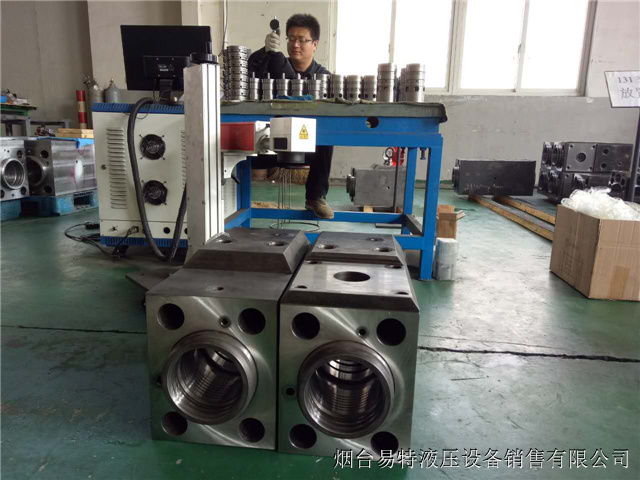The following presents the design and manufacturing details of the hydraulic break hammer piston:
No.1:Calculation of the areas of the front and rear pistons. Ensure that the areas of the front and rear chambers of the new piston are equal to or very close to those of the old piston.
No.2:Selection of dimensional tolerance, shape tolerance, position tolerance, surface roughness and fit clearance. Here, it is particularly important to consider the fit clearance between the cylinder body and the piston. If the clearance is too large, it will increase leakage and make the hydraulic hammer ineffective; if the clearance is too small, when the oil temperature rises, the piston may get stuck. Depending on the material and the size of the piston diameter, the gap between the piston and the cylinder body varies, generally being above 0.05mm.
No.3:Material selection. This is a key issue in the design of the piston, and it determines the success or failure of the piston design, as well as the length of the part’s lifespan. Regarding the selection of materials, manufacturers of hydraulic hammers in various countries all claim to use high-quality superior alloy steel. However, there are differences. Some manufacturers of hydraulic hammers use high-quality alloy tool steel, which is fully quenched, while other manufacturers use low-carbon alloy steel that is carburized and quenched. Pistons made of high-carbon alloy tool steel that are fully quenched do not deform at the plane in contact with the drill rod during operation and are less prone to cracks. However, pistons made of low-carbon alloy steel that are carburized and quenched are prone to deformation (plane depression) and cracks at the plane in contact with the drill rod during operation. If the cracks expand, they will cause the piston to break and become unusable.

Post time: Jul-08-2025




